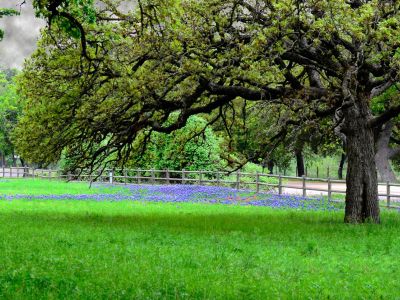For example, large trees should be no closer than 15 feet (5 m.) from a building. Whatever tree you are considering, find out if diseases and pests are frequent issues. It is very important to know the height of the mature tree to be sure placement is correct. Also, be sure to watch out for those power lines! Below are recommended shade trees for South Central states— Oklahoma, Texas, and Arkansas.
Shade Trees for Southern Regions
According to university extension services, the following shade trees for Oklahoma, Texas, and Arkansas are not necessarily the best or the only trees that will do well in these regions. However, research has shown these trees perform above average in most areas and work well as southern shade trees.
Deciduous Trees for Oklahoma
Chinese Pistache (Pistacia chinensis)Lacebark Elm (Ulmus parvifolia)Common Hackberry (Celtis occidentalis)Bald Cypress (Taxodium distichum)Golden Raintree (Koelreuteria paniculata)Ginkgo (Ginkgo biloba)Sweetgum (Liquidambar styraciflua)River Birch (Betula nigra)Shumard Oak (Quercus shumardii)
Texas Shade Trees
Shumard Oak (Quercus shumardii)Chinese Pistache (Pistacia chinensis)Bur Oak (Quercus macrocarpa)Southern Magnolia (Magnolia grandiflora)Live Oak (Quercus virginiana)Pecan (Carya illinoinensis)Chinkapin Oak (Quercus muehlenbergii)Water Oak (Quercus nigra)Willow Oak (Quercus phellos)Cedar Elm (Ulmus parvifolia )
Shade Trees for Arkansas
Sugar Maple (Acer saccharum)Red Maple (Acer rubrum)Pin Oak (Quercus palustris)Willow Oak (Quercus phellos)Ginkgo (Ginkgo biloba)Sweetgum (Liquidambar styraciflua)Tulip Poplar (Liriodendron tulipifera)Lacebark Elm (Ulmus parvifolia)Bald Cypress (Taxodium distichum)Black Gum (Nyssa sylvatica)
